01730 622544
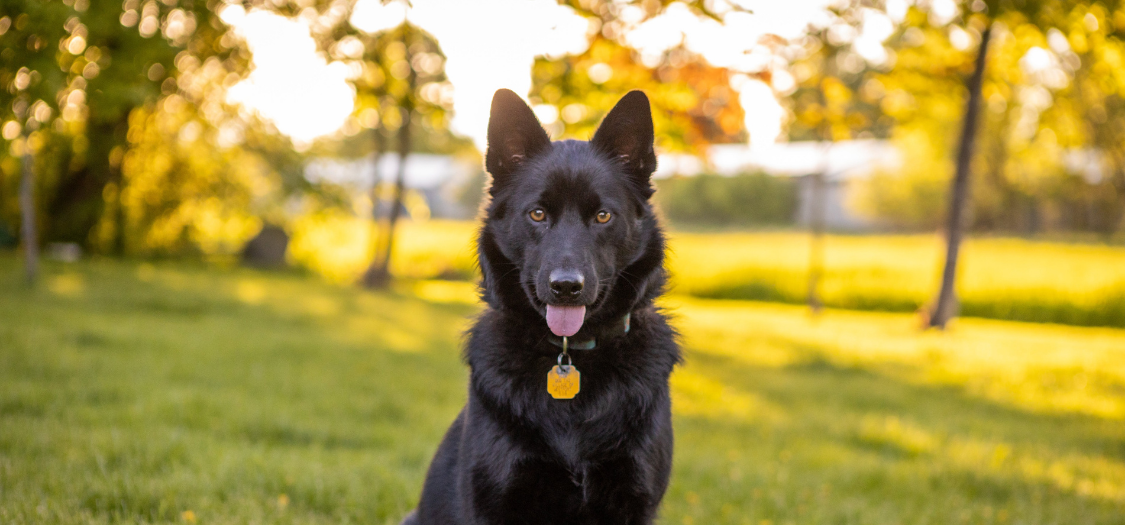
Does IVDD Surgery Work For A Dog? Is IVDD Surgery Successful?
Does IVDD Surgery Work For A Dog?
IVDD surgery involves the spine and the spinal cord. Any surgery involving the spine is risky - it's worth being aware that IVDD surgery is highly risky, and usually very invasive.
Generally, the aim of the surgery is to relieve the pressure on the spinal cord, restore normal blood flow to the area, and possibly as a preventative measure to stop a future recurrence.
Read about IVDD surgery and what it involves here: https://zoomadog.co.uk/blogs/blog/faq-ivdd-what-surgery-involve
**Please note, many dogs make a great recovery without IVDD surgery. Read more here https://zoomadog.co.uk/collections/conservative-management-ivdd
Is IVDD Surgery Successful?
Have a look statistics below. These are from the book The IVDD Handbook https://i0.wp.com/therehabvet.com/wp-content/uploads/2017/10/Clinical-grade-chart-jpg.jpg?ssl=1
You’ll need to talk with your vet about IVDD surgery, and discuss the likelihood of a successful recovery for your dog.
IVDD Chances of Recovery WITHOUT Surgery
- Grade 1: 80%
- Grade 2: 80%
- Grade 3: 80%
- Grade 4: 64%
- Grade 5: 10%
IVDD Chances of Recovery WITH Surgery
- Grade 1: 80-95%
- Grade 2: 95%
- Grade 3: 95%
- Grade 4: 90%
- Grade 5: 50-60%
In cases where there’s paralysis, surgery means the dog will be more likely to regain mobility and be pain free again. However, the more serious cases of IVDD in dogs (Stage 5) have uncertain outcomes, even with IVDD surgery. If one of the IVDD symptoms is that a dog has lost deep pain sensation, the prognosis is, sadly, often poor.
Other cases might do better being managed with conservative treatment (avoiding surgery) and will include restriction of movement. If you’re going down this route, keep a close eye out for any deterioration.
The table below gives approximate statistics for the probability of recovery for dogs with dog IVDD (not including in the neck area), including those who’ve undergone surgery.

Taken from https://i0.wp.com/therehabvet.com/wp-content/uploads/2017/10/Clinical-grade-chart-jpg.jpg?ssl=1
Read further about Non-Surgical and Conservative Management IVDD treatments here: https://zoomadog.co.uk/collections/conservative-management-ivdd
Read more about IVDD Causes, Prevention, Early Signs of IVDD Problems in dogs, and Help at Home: https://zoomadog.co.uk/collections/dog-ivdd-or-intervertebral-disc-disease
Find the best dog Back Braces here https://zoomadog.co.uk/collections/dog-back-brace
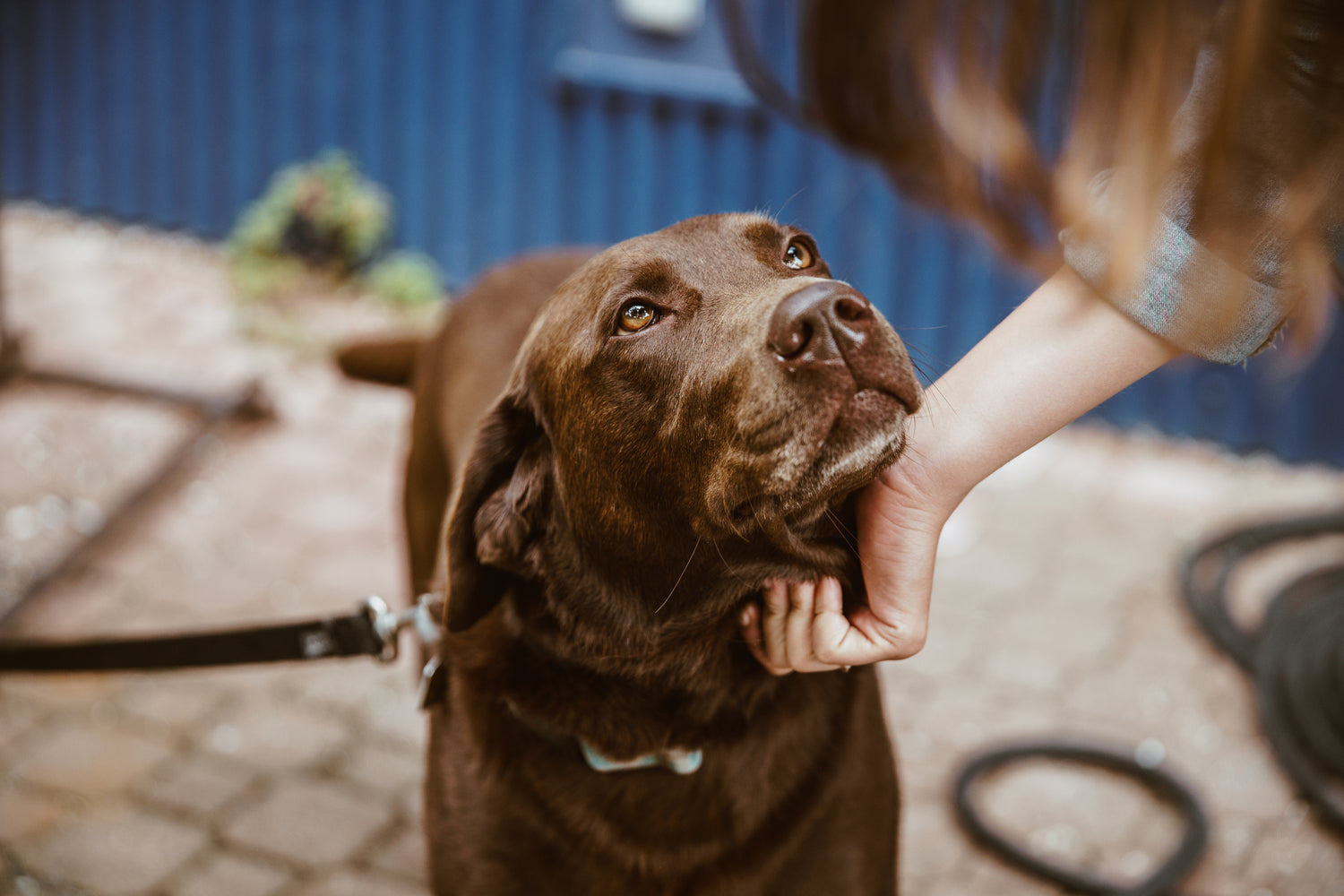
Looking for help with your dog?
We can help find the right solution for your dog
Feel free to give us a call on 01730 622544
or email us at woof@zoomadog.co.uk



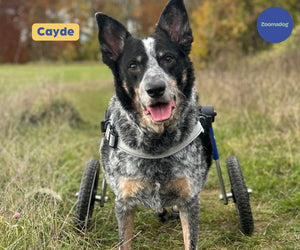
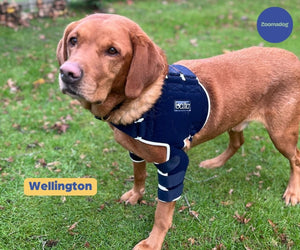
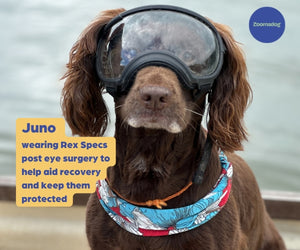

Leave a comment